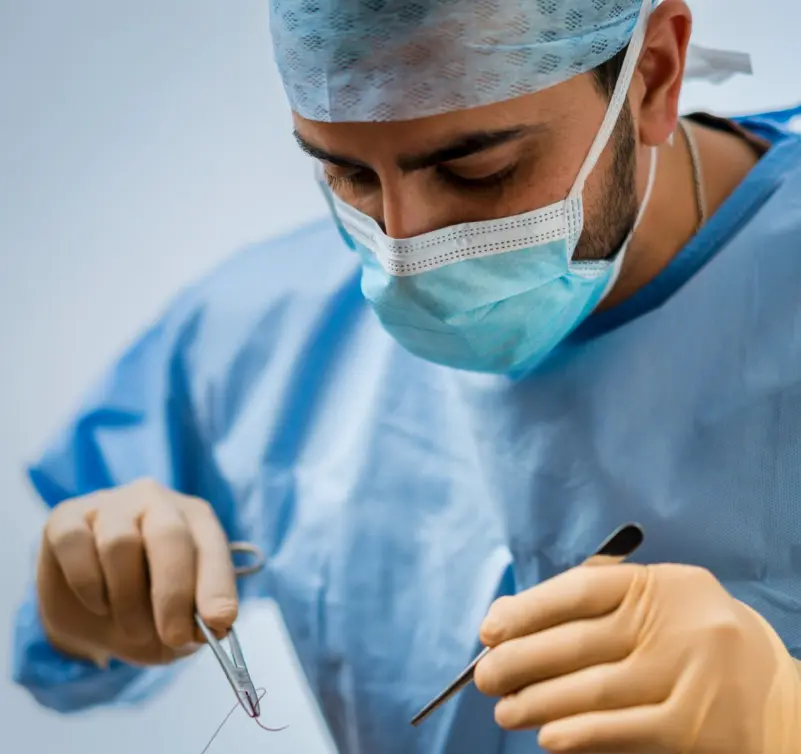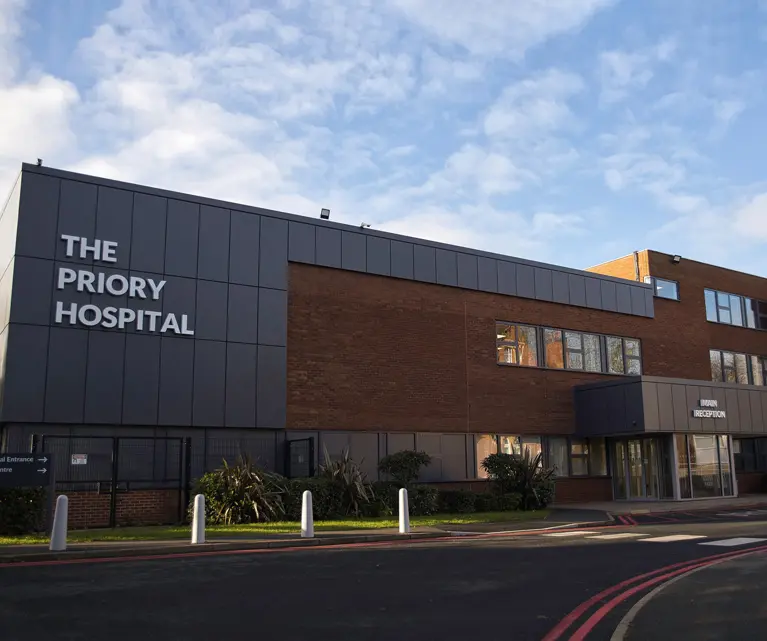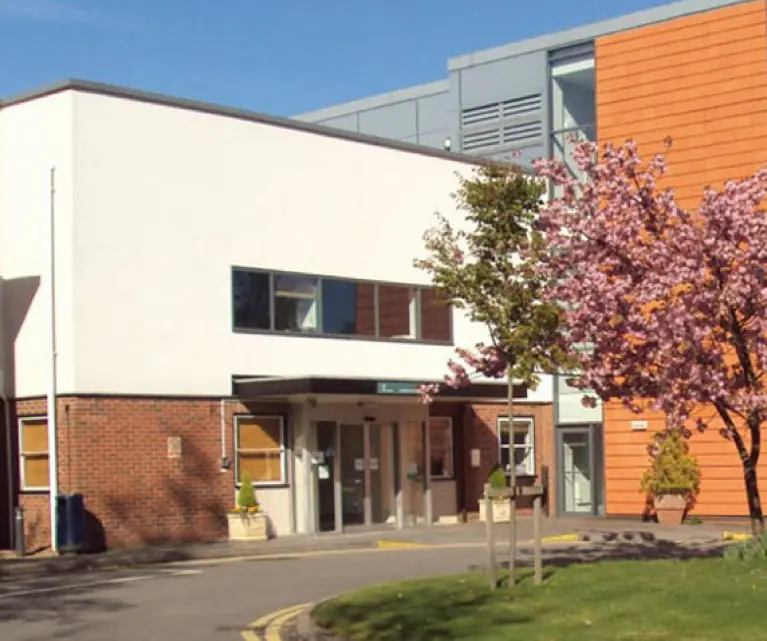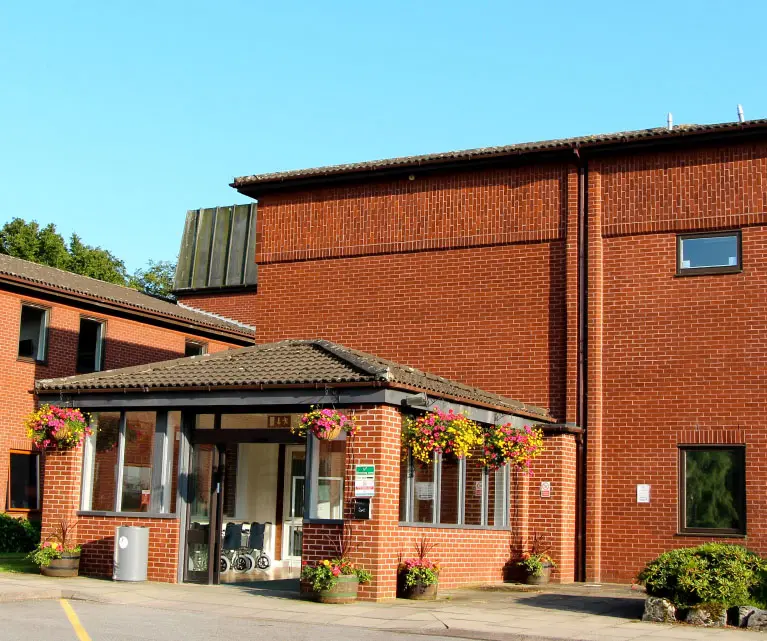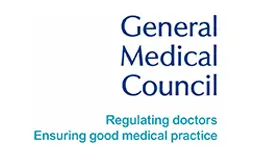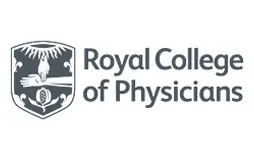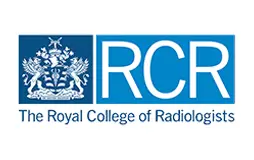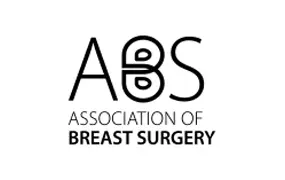We know this is an effective treatment to reduce the risk of breast cancer coming back, and is generally well tolerated. In this Insight, we will discuss what radiotherapy is, and the developments in technique that are improving the way radiotherapy is given and reducing long term side effects.
What is Radiotherapy?
Radiotherapy uses x-rays to treat cancer. Radiotherapy selectively damages cancer cells, causing them to be eliminated by the body.
Radiotherapy is a targeted treatment that is given to a specific part of the body. In the case of breast cancer, this is typically given to the breast (or chest wall, if breast has been removed) and sometimes the armpit or area around the collar bone. Radiotherapy is focussed from a machine called a Linac, which looks similar to a normal x-ray machine. There is nothing to see of feel while the machine is on, and no invasive procedures are needed.
Treatment normally takes around 15 minutes. Breast radiotherapy does not cause hair loss, nausea, or increase the risk of serious infection. Treatment is normally given every week day over 3 to 4 weeks.
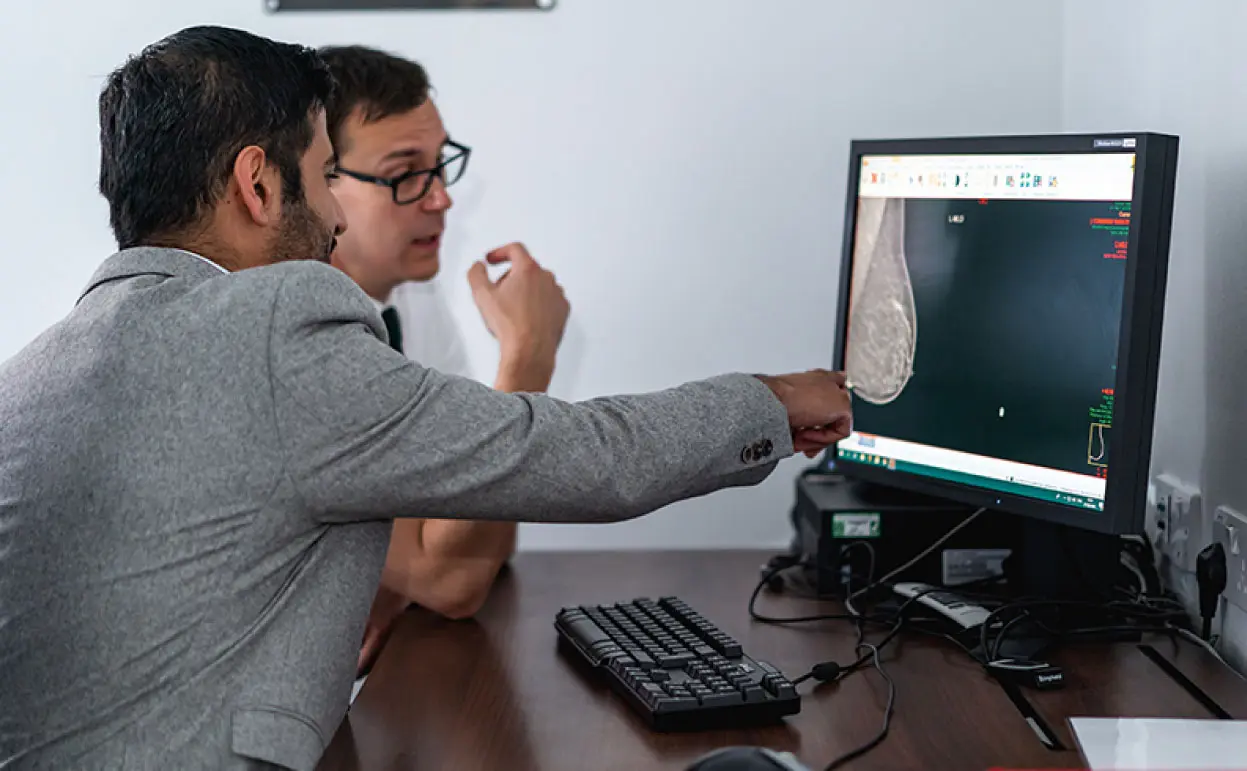
Radiotherapy without tattoos: surface guided radiotherapy (SGRT)
Traditionally, in the UK, patients having breast radiotherapy have had small permanent tattoos place on the chest. This allows the treatment team to position the patient correctly in relation to the radiotherapy machine.
However, we use a new technique where permanent tattoos are avoided. The surface guidance machine uses computerised cameras that monitor the position of your body during treatment. They can therefore allow the treatment team to position you correctly, without the need for tattoos.
This avoids any permanent marks on the body.
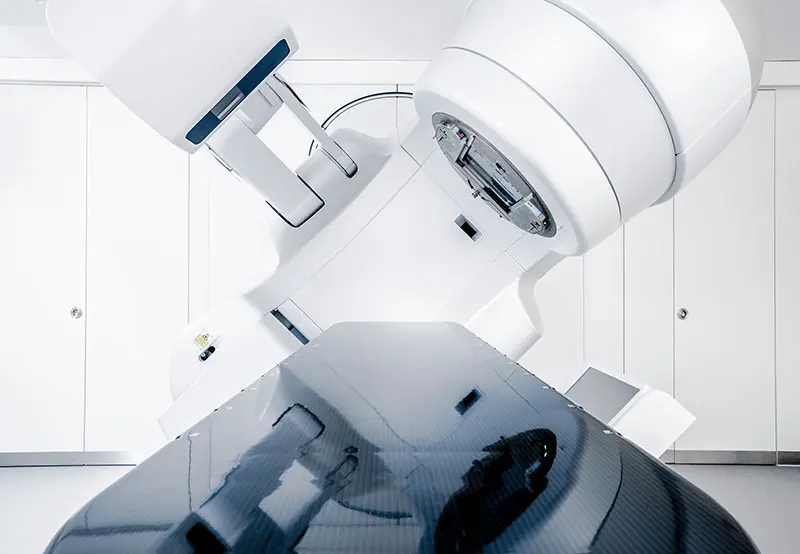
Reducing radiotherapy dose to the lung
There is a small amount of lung beneath the breast area which can receive some radiotherapy dose. We use a treatment called intensity modulated radiotherapy (IMRT) to “curve” the dose toward the chest, therefore reduce that dose to the underlying lung. The aim of this is reduce long term changes in the lung.
Reducing radiotherapy dose to the heart
For patients having the left side treated, a small amount of the heart is present under the breast. Traditionally, this led to an increase in the risk of heart problems in later years after treatment.
To mitigate this, we use a technique call deep inspiratory breath hold (DIBH). This means that treatment is only given when you are holding a deep breath. No additional breathing apparatus is needed, as it is all monitored by the SGRT system (see above). Don’t worry, this doesn’t mean you have to hold your breath for 15 minutes! The treatment is done in small manageable intervals so you can be as comfortable as possible.
Reducing the time taken for radiotherapy
Finally, a recent clinical trial called FAST FORWARD has shown that giving radiotherapy over 1 week (5 days), is as effective as giving it over 3 weeks (15 days). This trial has watched patients after treatment for 5 years so far. As patients live for many decades after treatment, it is important to have longer term information on this trial, which is awaited. However, we can certainly discuss the pros and cons of this more convenient shorter treatment.
In summary, radiotherapy is evolving to minimise disruption to life and to reduce the risk of longer-term problems in the many years to come after treatment.
